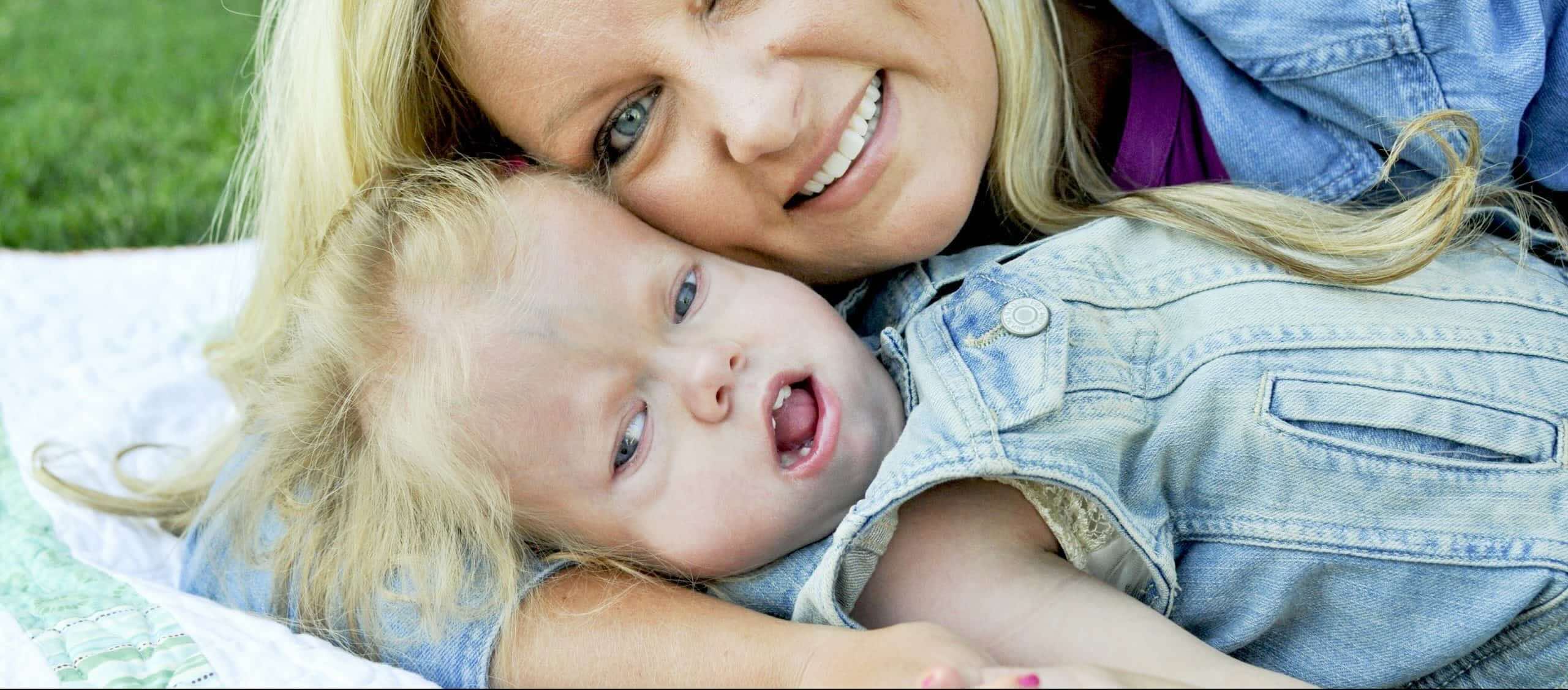
Schinzel-Giedion Syndrome is a rare genetic disorder that affects many parts of the body. Caused by mutations in the SETBP1 gene, this condition is characterized by distinctive facial features, severe intellectual disability, and various physical abnormalities. Children with this syndrome often have a short lifespan due to complications such as respiratory issues and infections. Symptoms can include heart defects, kidney problems, and skeletal abnormalities. Early diagnosis and supportive care are crucial for managing the condition. Understanding Schinzel-Giedion Syndrome helps in providing better care and support for affected families. Awareness and research are key to improving outcomes for those living with this challenging disorder.
Key Takeaways:
- Schinzel-Giedion Syndrome is a rare genetic disorder causing severe developmental issues. There is no cure, but treatments can help manage symptoms and improve quality of life.
- Research is ongoing to better understand SGS and develop new treatments. Support and resources are available to help families living with SGS.
What is Schinzel-Giedion Syndrome?
Schinzel-Giedion Syndrome (SGS) is a rare genetic disorder. It affects multiple parts of the body, leading to severe developmental issues. Here are some key facts about this condition.
- SGS is caused by mutations in the SETBP1 gene.
- It was first described by Schinzel and Giedion in 1978.
- The syndrome is extremely rare, with fewer than 100 reported cases worldwide.
- SGS is characterized by distinctive facial features, including a prominent forehead, deep-set eyes, and a short nose.
- Affected individuals often have severe intellectual disability.
- Many children with SGS experience seizures.
- The syndrome can lead to skeletal abnormalities, such as short stature and joint contractures.
- SGS is typically diagnosed through genetic testing.
- There is no cure for SGS; treatment focuses on managing symptoms.
- Life expectancy for individuals with SGS is significantly reduced, often not extending beyond childhood.
Symptoms and Diagnosis
Understanding the symptoms and how SGS is diagnosed can help in early detection and management. Here are some important points to note.
- Infants with SGS may have feeding difficulties.
- Respiratory issues are common in children with SGS.
- Kidney abnormalities, such as hydronephrosis, can occur.
- Hearing loss is another symptom associated with SGS.
- Vision problems, including optic atrophy, are also common.
- Developmental delays are noticeable within the first few months of life.
- SGS can be suspected based on clinical features but confirmed through genetic testing.
- Prenatal diagnosis is possible if there is a known family history of SGS.
- Early intervention programs can help manage developmental delays.
- Regular monitoring by a multidisciplinary team is crucial for managing SGS.
Treatment and Management
While there is no cure for SGS, various treatments can help manage the symptoms and improve quality of life. Here are some key aspects of treatment and management.
- Anticonvulsant medications can help control seizures.
- Physical therapy is important for managing skeletal abnormalities.
- Speech therapy can assist with communication difficulties.
- Occupational therapy can help improve daily living skills.
- Regular hearing and vision assessments are necessary.
- Nutritional support may be needed for feeding difficulties.
- Respiratory support, such as oxygen therapy, may be required.
- Kidney function should be monitored regularly.
- Genetic counseling is recommended for families affected by SGS.
- Palliative care can provide comfort and support for children with severe symptoms.
Research and Future Directions
Ongoing research aims to better understand SGS and develop new treatments. Here are some current research efforts and future directions.
- Researchers are studying the SETBP1 gene to understand its role in SGS.
- Animal models are being used to study the effects of SETBP1 mutations.
- Clinical trials are exploring new medications for managing seizures in SGS.
- Gene therapy is being investigated as a potential treatment for SGS.
- Advances in genetic testing are improving the accuracy of SGS diagnosis.
- Patient registries are being established to collect data on SGS cases.
- Collaborative research efforts are underway to develop new treatment guidelines.
- Support groups and advocacy organizations are raising awareness about SGS.
- Researchers are exploring the use of stem cells to treat SGS-related abnormalities.
- International conferences are held to share research findings and improve care for SGS patients.
Living with Schinzel-Giedion Syndrome
Living with SGS presents many challenges, but support and resources are available to help families. Here are some important considerations for daily life.
- Connecting with other families affected by SGS can provide emotional support.
- Accessing educational resources can help parents advocate for their child's needs.
Final Thoughts on Schinzel-Giedion Syndrome
Schinzel-Giedion Syndrome (SGS) is a rare genetic disorder that affects many parts of the body. It’s caused by mutations in the SETBP1 gene. Symptoms include distinctive facial features, developmental delays, and various organ abnormalities. Early diagnosis and intervention can help manage some symptoms, though there’s no cure yet. Families dealing with SGS often need support from medical professionals, therapists, and support groups. Research is ongoing, offering hope for better treatments in the future. Understanding SGS helps raise awareness and support for those affected. If you or someone you know is dealing with SGS, reaching out to specialized healthcare providers can make a big difference. Stay informed, stay connected, and remember you’re not alone in this journey.
Frequently Asked Questions
Was this page helpful?
Our commitment to delivering trustworthy and engaging content is at the heart of what we do. Each fact on our site is contributed by real users like you, bringing a wealth of diverse insights and information. To ensure the highest standards of accuracy and reliability, our dedicated editors meticulously review each submission. This process guarantees that the facts we share are not only fascinating but also credible. Trust in our commitment to quality and authenticity as you explore and learn with us.
